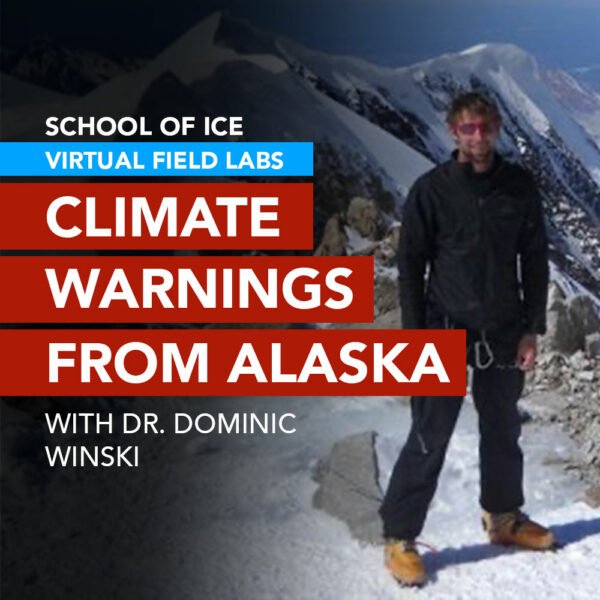Dr. Richard and Dr. Karen Alley take us to Antarctica to analyze the stability of Thwaites, the World’s most dangerous glacier. Vital signs are taken using satellite imagery to see how much sea levels may rise in the future. A quest to see if the “Doomsday Glacier” nickname is deserving.
Curriculum Connections
- Glaciology: Fundamentals of ice sheets and ice shelves
- Oceanography: Sea level rise-current and future causes
- Remote Sensing: Satellite imagery and analysis
- Climate Change: Warming oceans, abrupt climate disruptions, IPCC projections.






